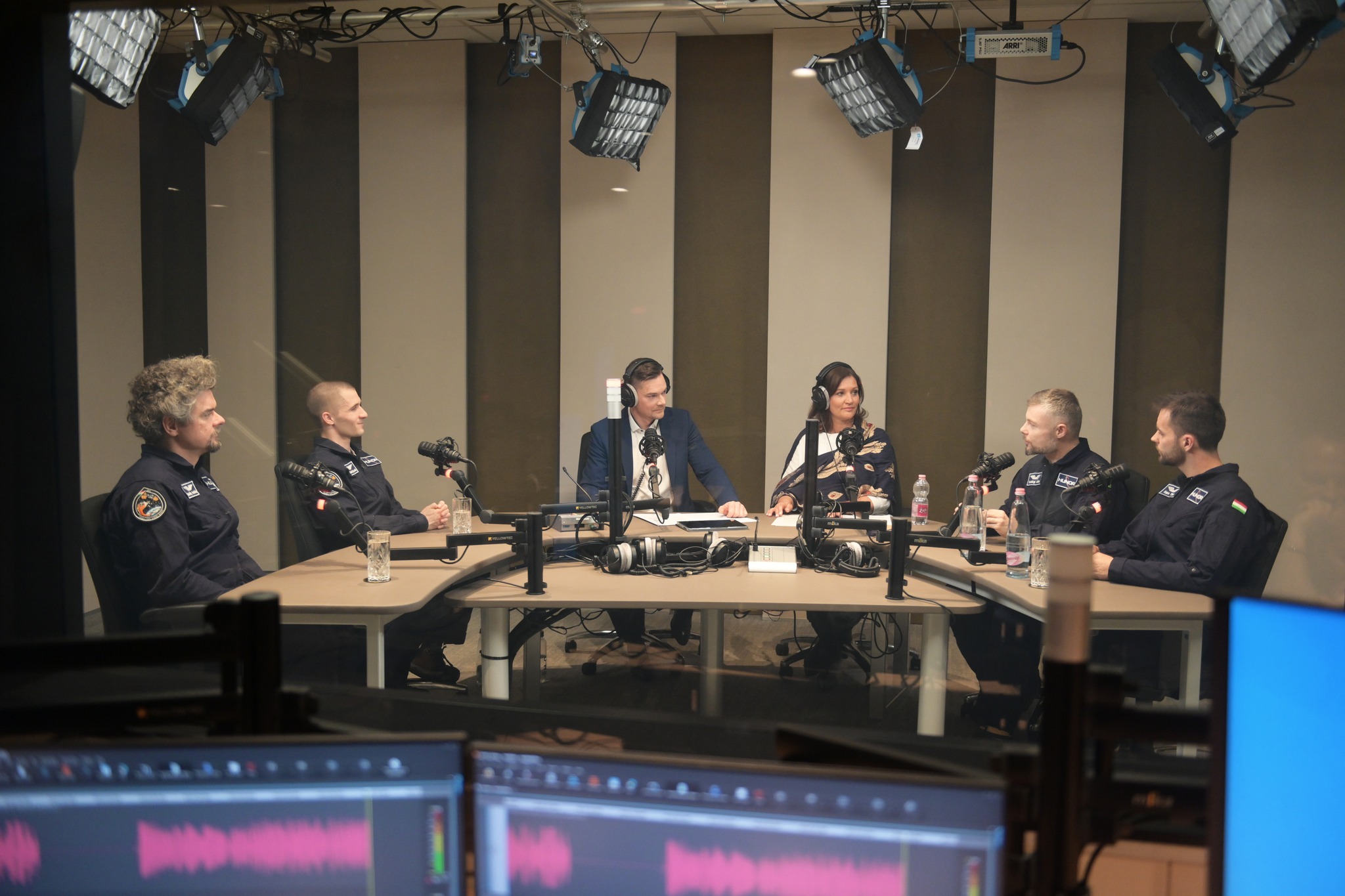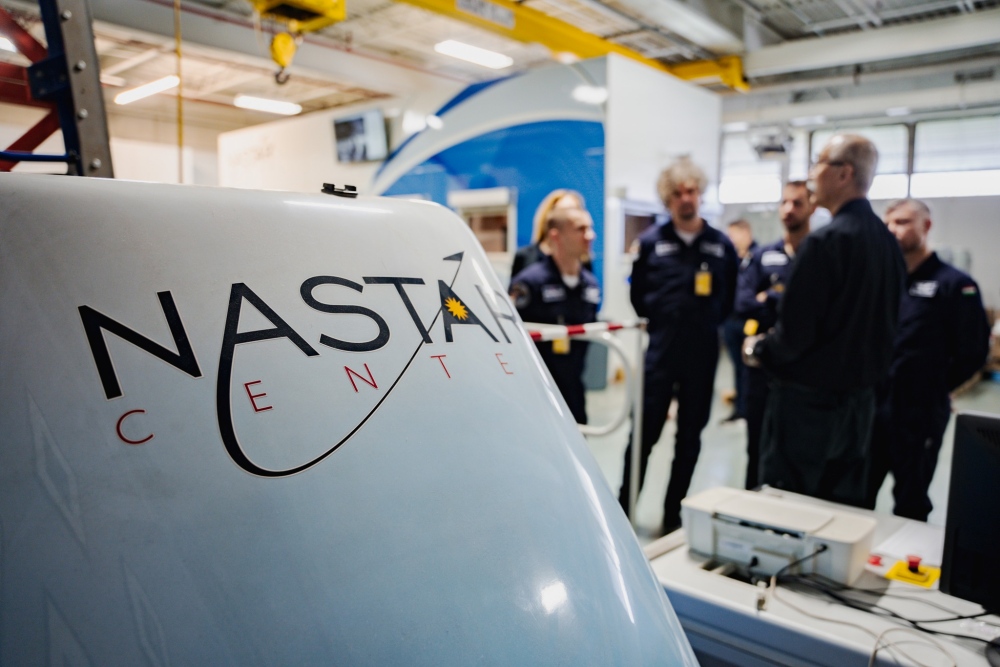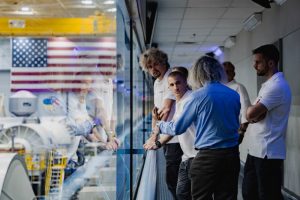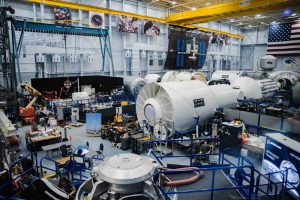
The four candidates are stepping into the third phase of the program and will undergo training in the U.S.Continue reading

In April, Hungarian astronaut candidates took part in a ten-day professional trip to the United States in Houston and then in Philadelphia, the HUNOR – Hungarian Astronaut Program announced on its Facebook page on Monday.
The aim of the visit was to get first-hand professional information and insight into the daily work of institutions and professionals operating in the citadel of space travel, as well as to listen to personal encounters, experiences, and stories from astronauts who have already traveled to space.

Photo: Facebook/HUNOR – Magyar Űrhajós Program
At NASA headquarters in Houston, candidates were given a tour by one of the organization’s development experts. Beyond the Visitor Center, they also visited the Mockup Facility, a real-life replica of the International Space Station where professional astronauts are trained. They also got a closer look at the equipment used to train astronauts, modern space models, the history of American space activities, and the results of international cooperation in space exploration.
They received comprehensive theoretical and practical training from Axiom Space specialists, but also had to perform various aptitude tests and training exercises, with a strong emphasis on group dynamics. During this time, the company’s space experts and psychologists constantly tested their reactions and communication skills. Candidates also had the opportunity to experience working in space through virtual reality and to follow live experiments on the International Space Station.

Photo: Facebook/HUNOR – Magyar Űrhajós Program
In Philadelphia, at the National Aerospace Training and Research (NASTAR) Center, they successfully completed a centrifuge training simulating the additional chest-back loads encountered during spaceflight.
The candidates had to endure a 6G exposure during the 45-minute training, during which time the entire process from launch to re-entry was simulated. During the simulation, the candidates’ space doctor monitored their health status via voice and video link and monitored their physiological parameters, including pulse, respiration rate, and ECG data.
Via MTI, Featured image: Facebook/HUNOR – Magyar Űrhajós Program